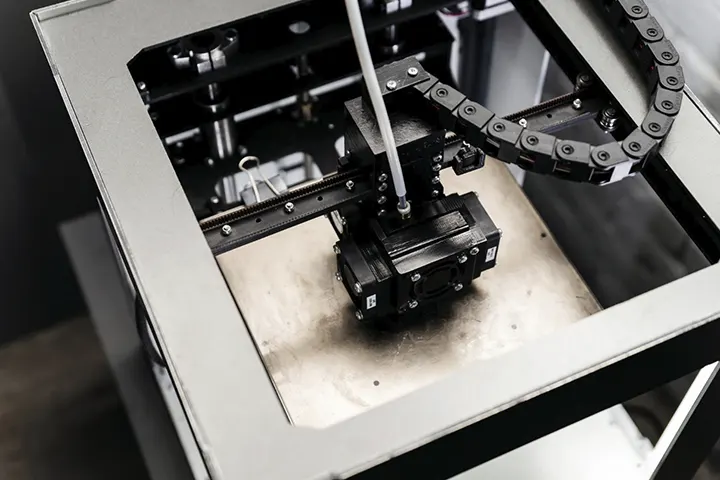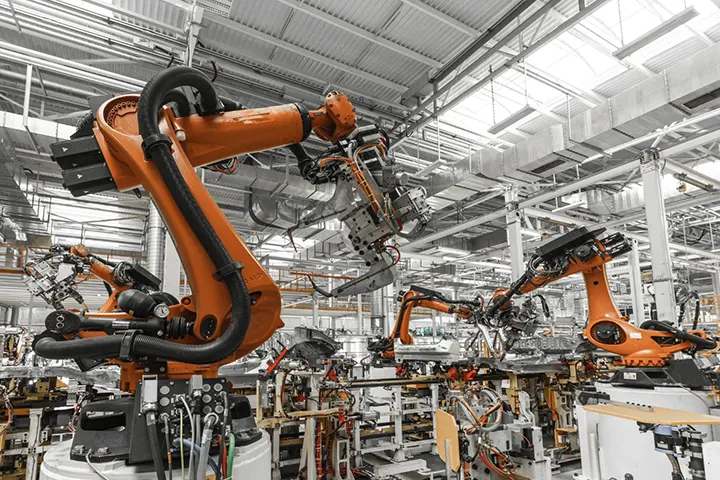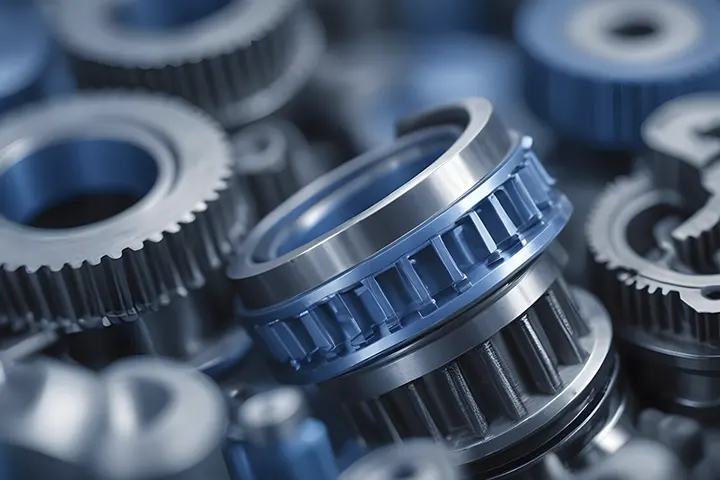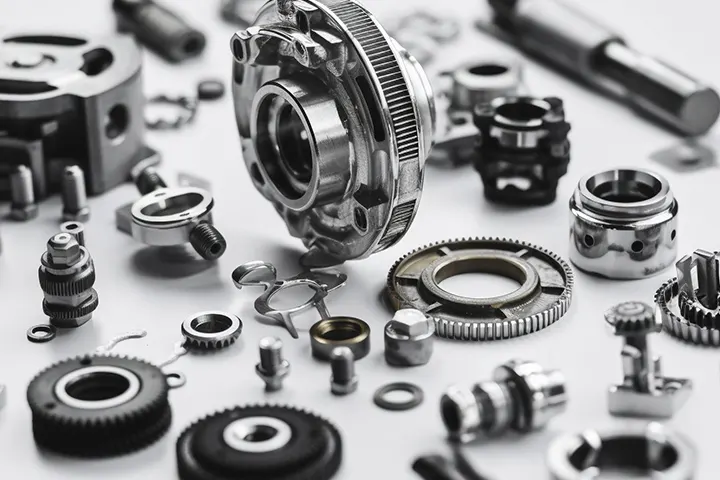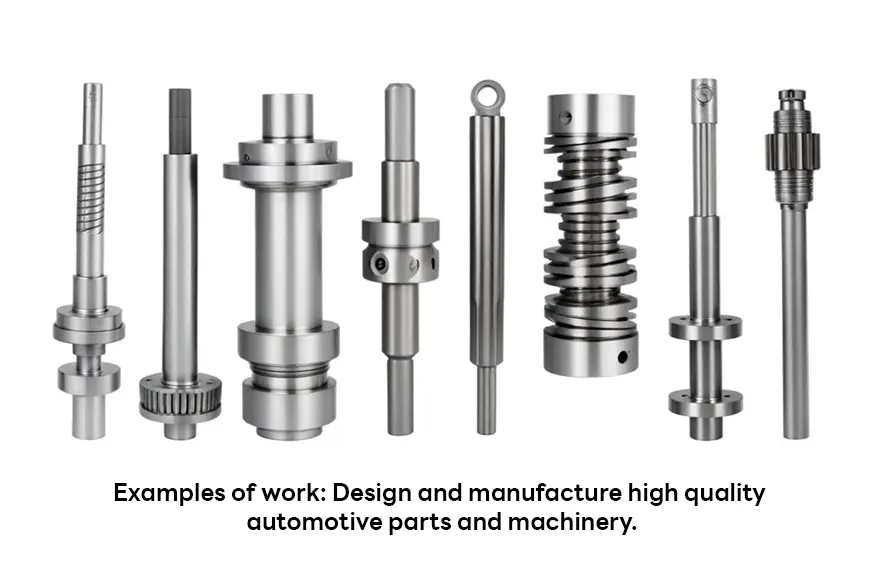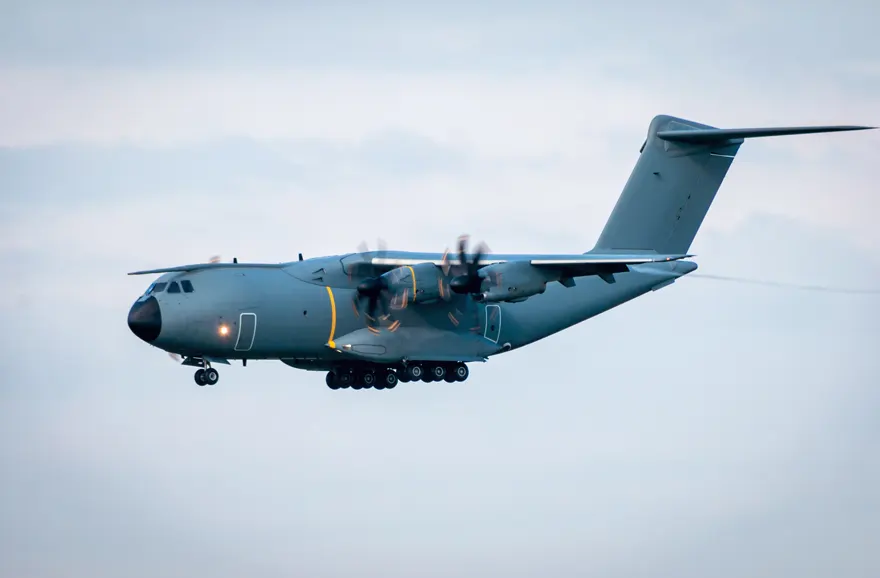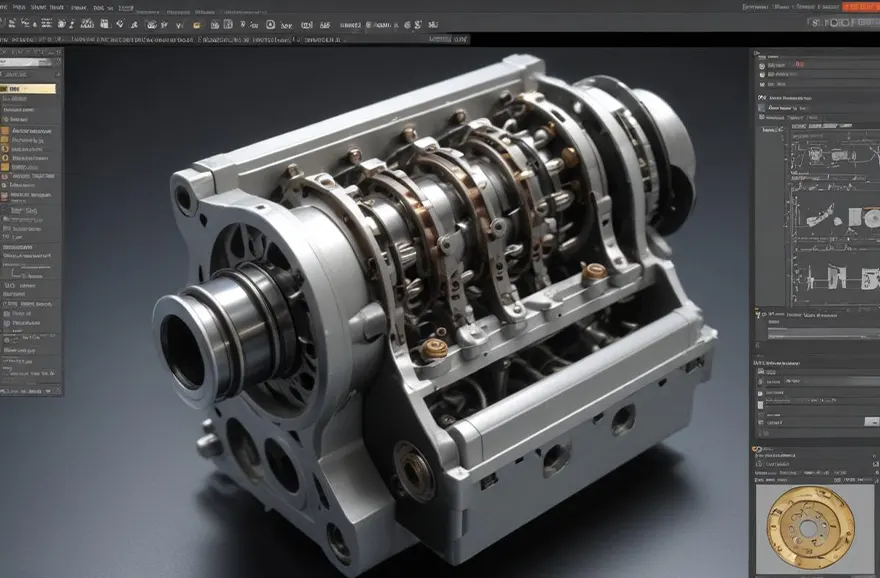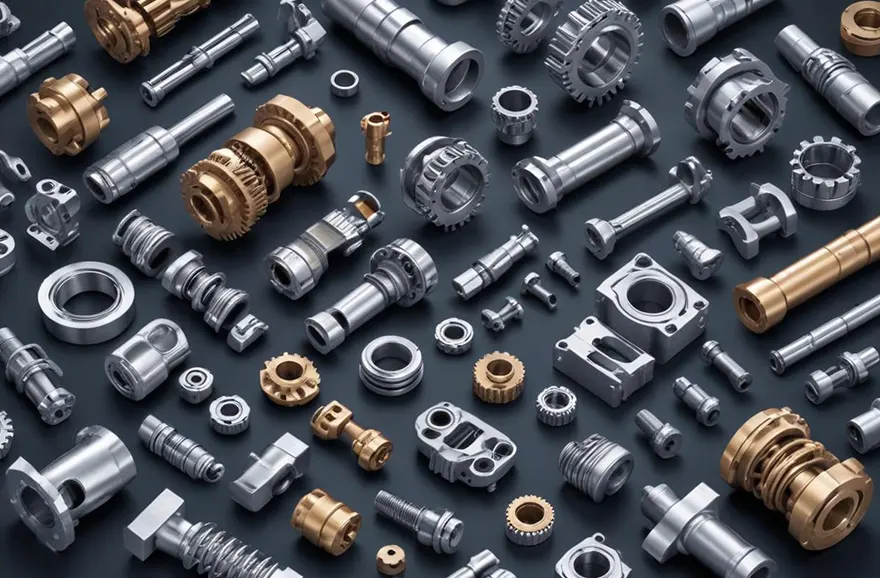Fluid Flow Analysis and Design in machinery is an important process for increasing the efficiency and reliability of machinery in the manufacturing industry. Using fluid flow analysis software, engineers can review and improve the design of systems that involve fluid flow, such as cooling systems, lubrication systems, and power delivery systems.
One of the benefits of fluid flow analysis is its ability to accurately identify problems and design improvements. Engineers can use flow analysis software to simulate fluid flow in a system and identify problem areas, such as resistance. fluid accumulation or the flow is uneven These analyzes help in improving the design to increase efficiency and reduce energy loss.
Fluid flow design also plays an important role in increasing the cooling efficiency of machines. In machines that work hard Cooling is important to maintain safe temperatures and increase the life of your machine. Using flow analysis software helps to design a more efficient cooling system. Reduces the risk of overheating and machine damage.
Fluid flow analysis is also useful in designing efficient lubrication systems. Good lubrication reduces friction and wear on moving parts in machinery. Using flow analysis software helps design a lubrication system that can deliver fluid to the desired point consistently and efficiently.
Fluid flow analysis can also be used to design efficient power delivery systems, such as hydraulic and pneumatic systems. Good design reduces energy losses in fluid transmission and increases system performance.
Although fluid flow analysis and design have many advantages, But there are implementation challenges, such as building accurate models and collecting the data needed for analysis. It also requires training and developing engineers’ skills in software use and data analysis.
In the future, fluid flow analysis and design will play an increasingly important role in increasing machine efficiency and reliability. With the development of new technology and software, fluid flow analysis can be performed more accurately and quickly. This allows engineers to improve the design and operation of systems that involve fluid flow more efficiently.




